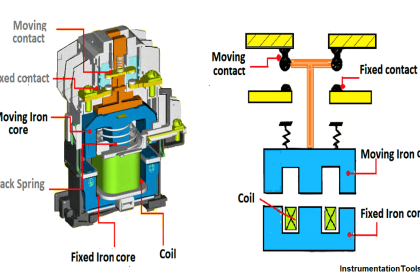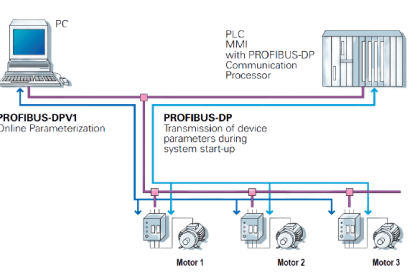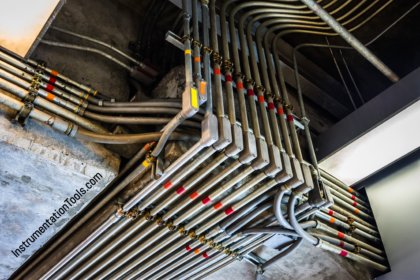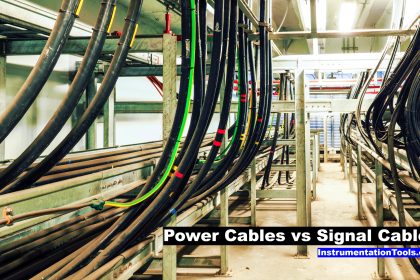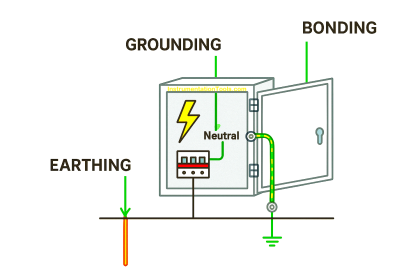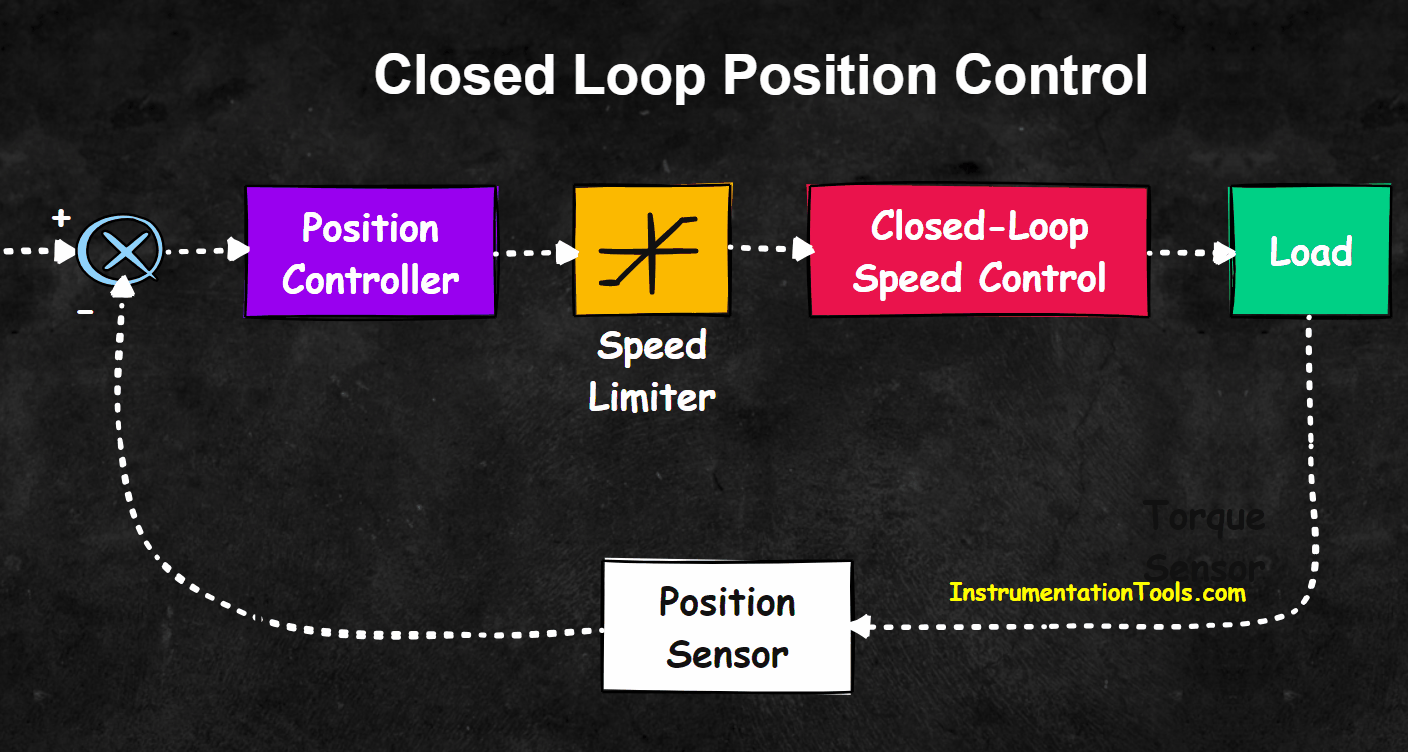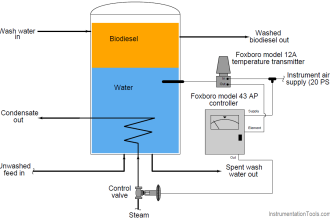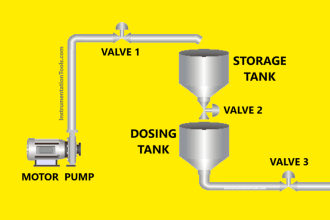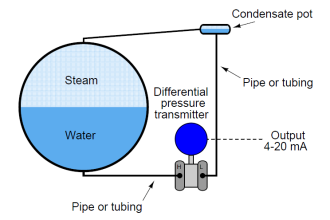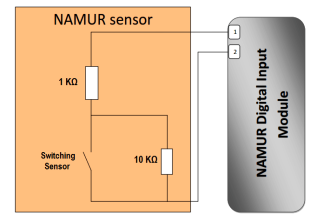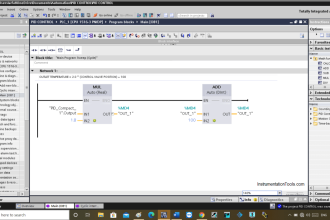In this post, we will learn the safety tips when working with electricity.
Electricity is a very critical thing and requires a lot of knowledge to operate it safely and properly. If it is not handled with care, then the person working with it can get electrical shocks and can endanger his life.
So, safety must not be compromised; no matter how much good electrical engineering you know. So, you must know general ideas when working with electricity.
In this post, we will see the safety tips when working with electricity.
Electricity Safety Tips
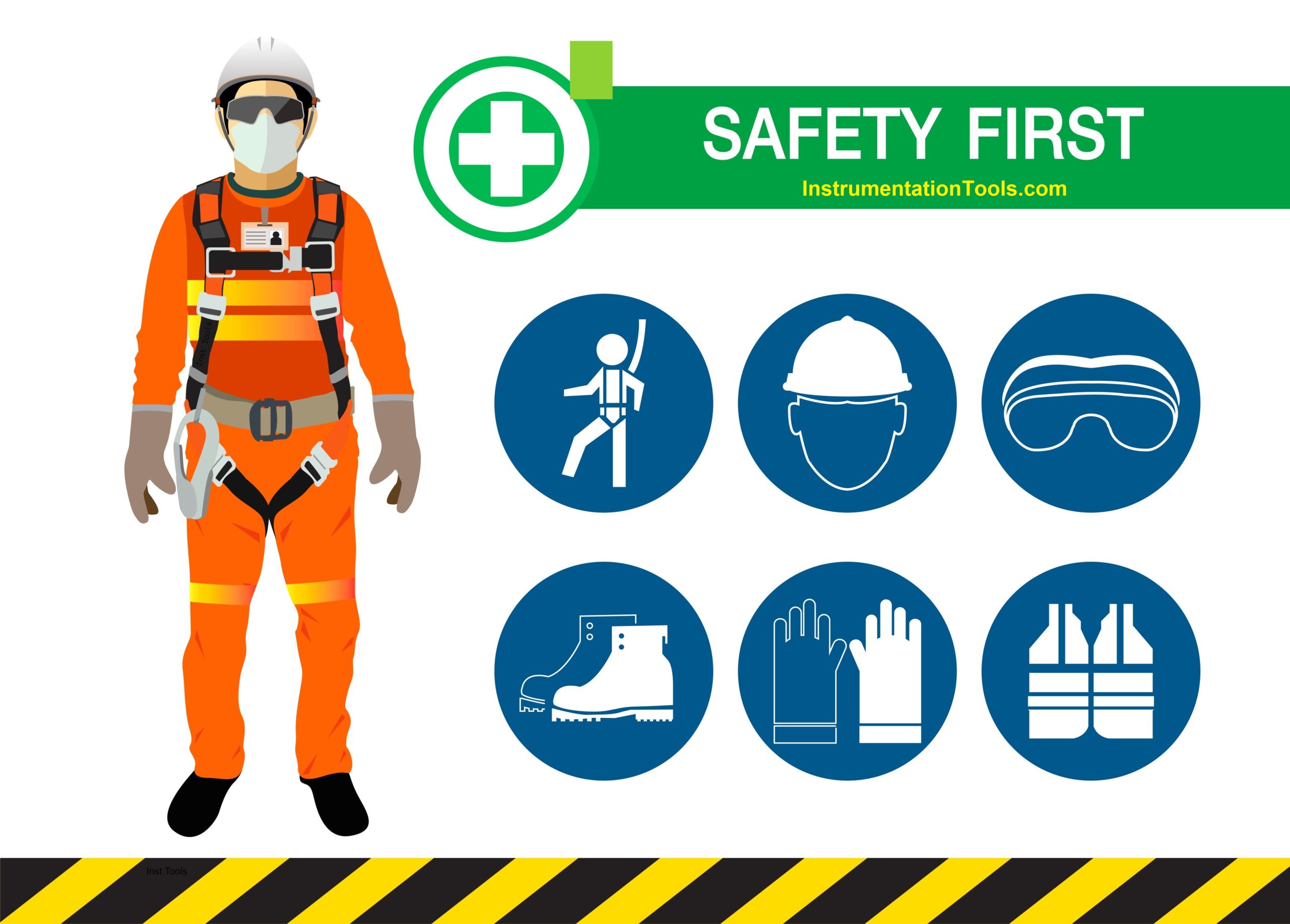
The following are some of the key points mentioned below.
- Never touch a live wire or an electrical socket point with wet hands. It can give you an electrical shock.
- When you are working with any electrical equipment, power cords, or electrical fittings, then inspect the equipment for any damage or faulty part before use. If it is found to be faulty or defective, then replace or repair it immediately. Don’t work with bad parts; because if there is leakage, then it may cause shock to you.
- You must have seen that fuses are used in electrical panels to protect the device from damage in case of overcurrent or overload. If you are not using correct fuse ratings, then there are chances that the circuit will be damaged after a prolonged period of time due to frequent tripping. So, always use a fuse of correct ratings. Also, if the fuse is damaged, replace it immediately.
- When you are using some portable electrical device (for domestic purposes), use the same of lower voltage ratings. Because, in a hazardous environment, higher voltages can increase the chances of electrical shocks.
- If you are doing any maintenance work, then turn off the mains supply or circuit breaker first. This will ensure that there is no power supply in any of the pins.
- While working with any electrical equipment, always ensure that it is insulated. If you are working in a factory or any other critical/high voltage device, ensure that you wear rubber insulated gloves all the time.
- One common mistake many people make is they use aluminium or steel ladders when climbing, to fix any electrical device placed at a height. If even by mistake there is leakage current through the ladder, then your whole body will conduct electricity and may even cause death. So, always use a wooden or some other insulated form of a ladder.
- Always use branded or rated switchboards, plugs, sockets, or extension boards.
- If you are operating any device and find it to be hot during operation, then immediately turn it off and call an electrician. Once he gives approval, then only start operating it again.
- Do not use limited socket outlets. It may overload the mains supply. Ensure that you use a sufficient number of electrical sockets.
- Do not touch any live or running electrical equipment with bare hands.
- When you are replacing any hot electrical device, always turn off the main power and use clothes or gloves to touch the same.
- It is to be known that even 30mA of current can cause electric shocks. This leakage current can be controlled by RCB, RCBO, and ELCB. So, install such ground fault circuit breakers in the panel for safety. They immediately detect it and trip the circuit.
- As per old sayings, the most common thing is – always turn off the power supply or device when not in use.
- Always check for electrical cables. If you find there is a cut, then immediately replace it in shutdown mode.
- If you working in a plant, always ensure that you send qualified electrical personnel to work for the same. If it is critical, then strictly avoid new people.
- Check for flammable ratings and environmental specifications whenever you choose an electrical device.
- A tester is a very effective tool in checking the current present in any device or cable. Before starting work, use a tester to check for any current and then only start the work.
- Always check for standard IP ratings when choosing any electrical device or cable.
- In any panel or board, there must be proper label stickers beside any device; thus helping in identifying the same.
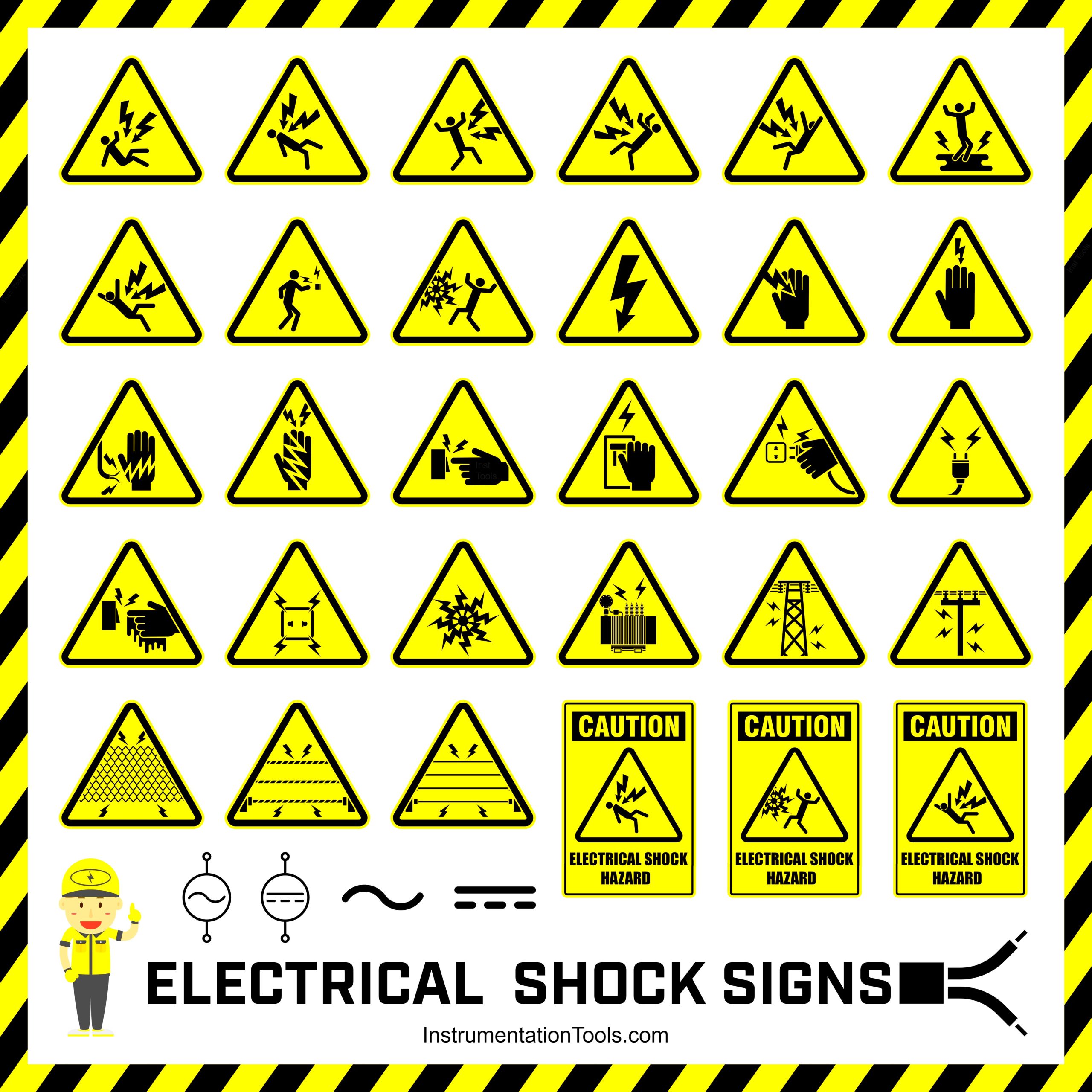
These are the general tips for working safely with electricity. In this way, we understand the safety tips to be considered when working with electricity.

